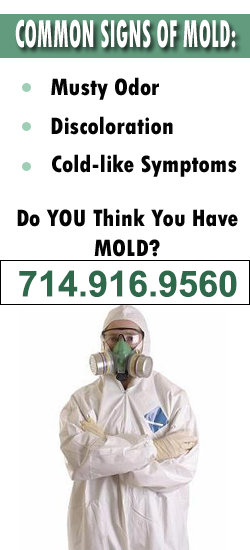Does Ultraviolet Lighting Kill Black Mold
Considering how dangerous mold can be, it’s no surprise that people are always on the lookout for effective ways to deal with it. Of course, cleaning mold away doesn’t address the underlying problem, meaning it’s likely to come back.
You can hire a professional mold removal team to handle the matter, since the approach involves killing the mold.
On that note, ultraviolet (UV) light has been put forward as a potential contender that can do the trick where killing the fungus is concerned. As you may know, this kind of light can be generated from different sources.
Below is a quick synopsis of what UV light is, as well as the relationship that it has with mold.
About UV Light
Though it’s called UV light, a better term based on the way it works would be electromagnetic radiation. The sun is the primary UV generator, though there are other sources available. You may not realize it, but UV light is technically all around you.
Typically, you need a visual aid to see UV rays as they cannot be detected by the naked eye. Nevertheless, your body uses the rays for vitamin D production and absorption. If you’ve ever heard the statement that you should go outside and get some sun for vitamin D, this is the reason.
However, excessive exposure can have negative effects, including burns or even cancer. When used properly though, UV light can be beneficial, and one of its advantages is what is explored here.
UV Light and Mold
When used correctly, UV light can kill pathogens such as mold and mildew. That’s because it has a decontamination effect, which is typically taken advantage of in medicine, water treatment, and air purification.
Provided that the frequency used is that of a short wavelength, UV rays become germicidal. In other words, they become very good at germ killing. These are the wavelengths you want if you are trying to kill mold.
What you may not be aware of is that mold is technically all around you as it’s a naturally occurring substance. UV rays are so effective because they are omnidirectional as any form of light is. This means they spread throughout the entire environment and effectively disinfect the entire area in doing so.
Mold-killing Effectiveness
This method of mold killing is incredibly effective. As indicated before, the light spreads in all directions. When it makes contact with the mold’s fungal cells, it damages the nucleic acids.
Put simply, the nucleus of any cell is its brain. Of course, if you are to damage the brain of any organism, then the whole thing dies, which is what happens to mold. Typically, when this method is used, mold cells die off in no more than two hours.
How to Kill Mold with UV Light
If you want to kill mold this way, you need a UV-C lamp. After obtaining one, identify all surfaces that have a mold infestation. Keep the lamp about 2 inches away from the surface and turn off all other light sources in the room. Stay out of the room for about two hours.
Repeat this process for all surfaces, and the mold should be taken care of. Note that UV light is very dangerous to look at, so unless you are wearing special UV glasses, do not look directly at it.
Conclusion
UV light is very effective at killing mold because of the way it travels and the fact that it can damage the fungus’ nucleic acids. The process takes about two hours, and several sources can be used to do it. One of the easiest to obtain is a UV-C lamp.





